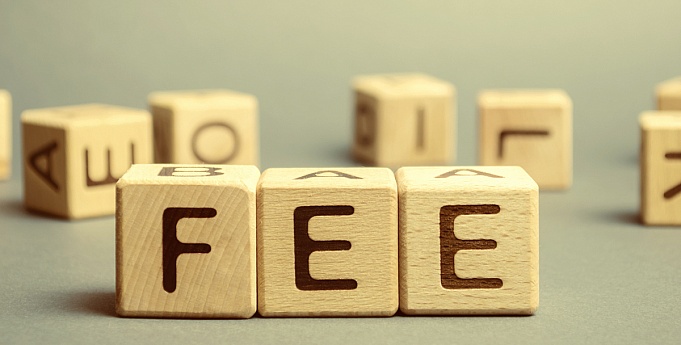Personal loan VS Line of Credit
Ideally, one should have an emergency fund or at least some savings for when financial emergencies pop up. But it really isn’t always possible. The reality is, most people do not have the funds to cover unexpected costs which means borrowing money. Consumers may get a loan or a line of credit to access the funds they need. Both have their advantages and disadvantages. To make the best choice, a strategic borrower takes the time to learn the difference between a line of credit and a personal loan.
What Is a Personal Loan?
Most of us know what a personal loan is and how it works. But for those who don’t, a personal loan is an installment loan with a fixed interest rate and loan term. When you take out a personal loan, you are given the amount in a lump sum, and you make regular, fixed payments every month for a set period of time. Personal loans are usually unsecured; they do not require any form of collateral.
What is a Line of Credit?

A line of credit works differently. With this type of credit, you are given a revolving account where you can withdraw a certain amount of money, repay it (with interest, of course), then withdraw funds again when necessary. Sounds familiar? Your credit card is a good example of a line of credit.
Take note that there are different types available. Some, like the credit card, won’t charge you interest if you pay off the entire balance in full every month. Others will charge you interest every time you withdraw money. Some only allow you to withdraw money for a specific period, while others are available for years. For most lines of credit, you will need to pay a minimum amount each month in order to avoid additional fees.
How to Get a Line of Credit?
The application to get a line of credit is quite similar to getting a personal loan. The lender will need to check the borrower’s credit history and verify their income. Lenders use this information to approve or deny the application as well as determine the credit limit and interest rate.
Differences between Personal Loan and Line of Credit

As we’ve mentioned, there are several similarities between these two types of credit. But there are also differences. The main difference between a line of credit and a personal loan is how the debt is set up. With a personal loan, you get the entire amount upfront while a line of credit allows you to withdraw money as needed with a certain limit. You can take as much or as little as you need.
Interest Rates
The interest rates of each type of credit also differ. While both debts incur interest, lines of credit typically offer higher rates which can make them the costlier option. APRs of personal loans usually range between five percent to 35.99 percent. APRs of lines of credit range from eight percent to 24 percent. The interest rate you get will be dependent on your credit history and other financial information.
In addition, interest rates on personal loans are usually fixed while lines of credit often have variable interest rates. A lender can raise the interest rate after you borrow the money.
Origination Fee
Not all personal loans have an origination fee. Those that do only require a one-time payment. The amount is usually one percent to six percent of the loan amount. With a line of credit, you pay an annual fee which is usually anywhere between $25 to $50.
Repayment
Repaying a personal loan requires you to pay a fixed amount every month until the loan amount has been paid in full. The monthly payment is calculated by adding the balance and the interest on the loan and dividing it by the number of months within the repayment period.
With a line of credit, you are not required to repay the entire balance (though you can) at once. You only need to pay the minimum amount in order to avoid incurring a penalty fee. Lenders may use different formulas in order to determine what the monthly payment is. For example, Wells Fargo sets the minimum monthly payment on lines of credit as one percent of the total balance borrowed or $25, whichever is greater.
Which One Should You Choose?
A lot of borrowers ask this question: personal loan vs. line of credit - which is better? Well, the answer to that is “it depends.” As we’ve enumerated, personal loans and lines of credit have varying features. Choosing which one to go with means finding which features work best in your financial situation.
A personal line of credit may be best for individuals who have varying monthly income, such as freelancers or salespersons. Because they don’t have a fixed monthly income, a line of credit allows them to bridge any gaps in their income as needed. This type of credit is also ideal if you are not sure about the total amount you’ll need or if your costs will be ongoing. For example, if you need to have your home repaired and aren’t sure about how much the final cost will be, a home equity line of credit may be a more suitable option. In addition, lines of credit offer you more flexibility in terms of monthly payments. You can make a minimum payment, pay the entire balance, or any amount in between. Just keep in mind that you’ll be charged interest if you do not pay the full balance.
A personal loan, on the other hand, might be a better alternative if you already know how much you need to borrow. It also gives you a clearer repayment plan, enabling you to budget your monthly income more easily. Personal loans are ideal for emergency expenses such as personal loans for car repair and personal loans for healthcare costs. This type of credit is also the better choice if you plan on consolidating debts.


